After nearly a decade of groundbreaking exploration around Jupiter, NASA’s Juno spacecraft may have finally gone silent. Yet, in an unusual twist for a high-profile space mission, the U.S. space agency has not confirmed whether the probe is still alive — leaving scientists and space enthusiasts around the world anxiously awaiting clarity.
A Decade of Discovery
Launched in 2011 and arriving at Jupiter in July 2016, Juno was built to uncover the hidden secrets of the largest planet in our solar system. Equipped with nine scientific instruments, the spacecraft orbited the gas giant on a highly elliptical path, allowing it to dive close to Jupiter’s cloud tops and then swing far out to avoid the planet’s deadly radiation belts.
Over the years, Juno revolutionized our understanding of Jupiter. It provided unprecedented images of its polar cyclones, mapped its magnetic and gravitational fields, and offered clues about its mysterious core — possibly a fuzzy, diffuse mixture of heavy elements rather than a solid rock.
It also captured stunning close-up views of the moons Io, Europa, and Ganymede, revealing volcanic activity, surface cracks, and subsurface ocean potential. Juno became more than just a scientific mission — it was a symbol of how far robotic exploration could go in surviving harsh cosmic environments.
The Mission That Outlived Expectations
Originally planned for just 37 orbits, Juno exceeded its design life several times. NASA extended its mission repeatedly, most recently through September 2025, to allow additional flybys of Jupiter’s moons and to gather long-term atmospheric data.
But as that official extension period expired, communication from the spacecraft — and from NASA — went silent. The timing coincided with a partial U.S. government shutdown, limiting NASA’s ability to issue press releases or mission updates. As a result, the world’s scientific community is now in the dark about whether Juno continues to function or if it has finally succumbed to Jupiter’s intense radiation and power challenges.
Why the Silence?
Even under normal conditions, Juno’s communication with Earth involves long delays — radio signals can take up to 45 minutes to travel between Earth and Jupiter. However, this time the silence is more procedural than technical. With large portions of NASA’s communications staff furloughed, updates are restricted to critical operations. Unless Juno’s condition poses an immediate risk to other spacecraft or orbital safety, official word on its fate may not come until full agency operations resume.
Still, that hasn’t stopped speculation. Some experts believe Juno could be in safe mode, a state in which its instruments shut down to preserve battery life. Others fear that the spacecraft’s solar panels — which have endured years of radiation bombardment — might have degraded beyond recovery.
What Happens If Juno Has Died?
If Juno’s mission has ended, it will mark the close of one of NASA’s most successful planetary projects. The probe transformed humanity’s knowledge of Jupiter and set the stage for future missions such as Europa Clipper, which is scheduled to launch in the coming years to explore Jupiter’s icy moon for signs of life.
In the long term, Juno’s data archive will remain a goldmine for researchers studying planetary formation and the early solar system. The spacecraft’s gravity and magnetic measurements have already inspired new models of how gas giants evolve — insights that could even help explain the origins of distant exoplanets.
NASA typically ends missions in a controlled manner to prevent space debris or contamination of potentially habitable worlds. In Juno’s case, that would mean a deliberate descent into Jupiter’s atmosphere, where it would burn up completely. Whether that final plunge has occurred — or is still planned — remains one of the lingering questions.
The Legacy of Juno
Regardless of whether Juno continues to orbit or has already gone silent, its achievements are undeniable. The mission delivered some of the most detailed images ever taken of Jupiter’s swirling storms, including the mesmerizing “Jupiter Marble” views that captivated millions worldwide.
Its studies revealed that Jupiter’s iconic Great Red Spot extends much deeper into the planet’s atmosphere than previously thought. It discovered auroras more powerful than any found on Earth, generated by immense magnetic forces near Jupiter’s poles. It even identified signs of ammonia weather systems — massive updrafts and storms that shape the planet’s colorful bands.
Beyond science, Juno captured the imagination of the public. It symbolized endurance, innovation, and the triumph of engineering over cosmic odds. From its first orbit to its potential final transmission, Juno demonstrated the power of curiosity-driven exploration.
The Road Ahead
Even if Juno’s mission has ended, exploration around Jupiter is far from over. NASA’s upcoming Europa Clipper mission and the European Space Agency’s JUICE (Jupiter Icy Moons Explorer) will continue the work Juno began — focusing on Jupiter’s moons and their potential habitability. Both missions are expected to benefit from Juno’s trailblazing data, which will help guide future navigation and research.
For now, though, scientists, engineers, and space fans wait in suspense. Whether Juno is quietly drifting in Jupiter’s shadow or still sending faint signals back to Earth, its story represents one of the great triumphs of modern space science.

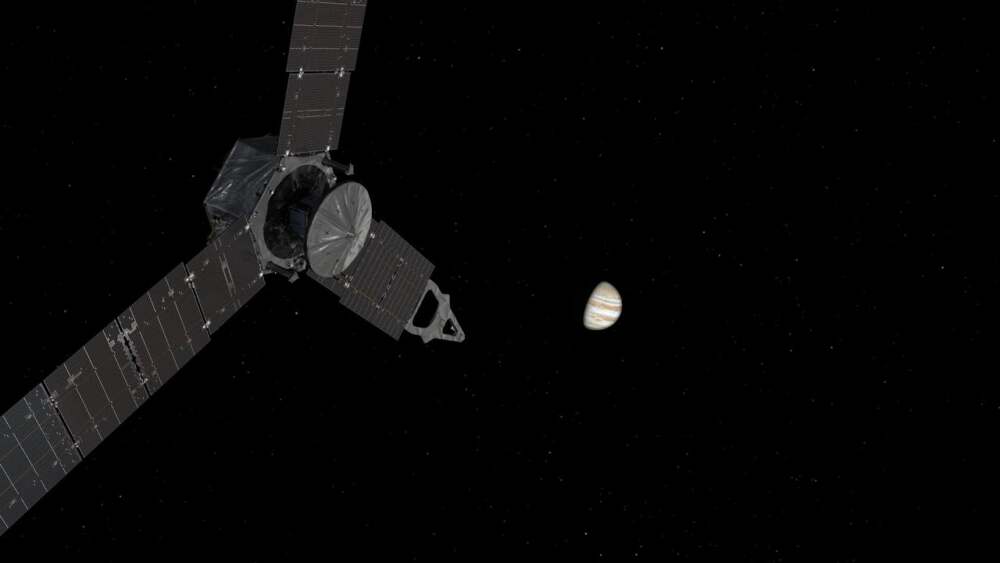
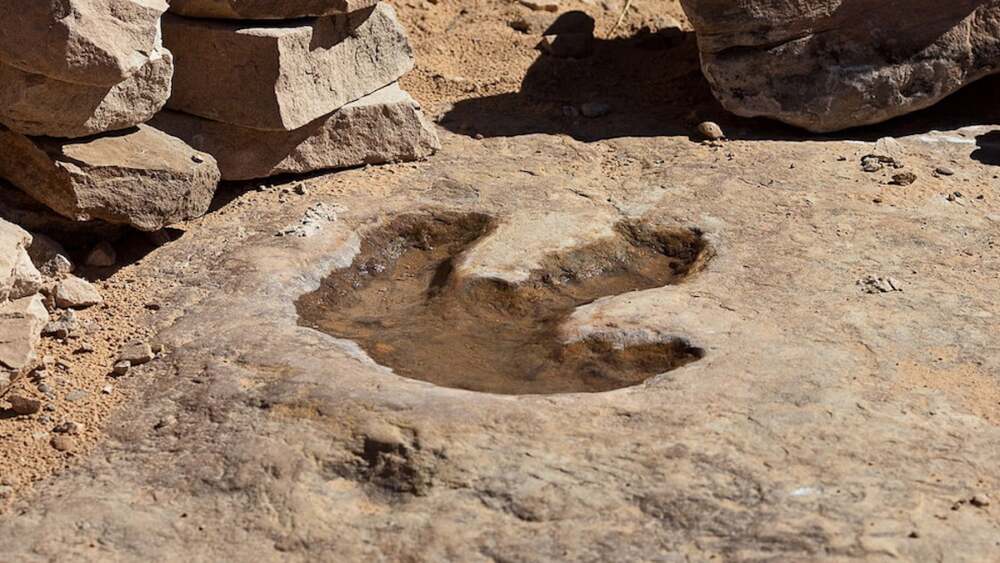

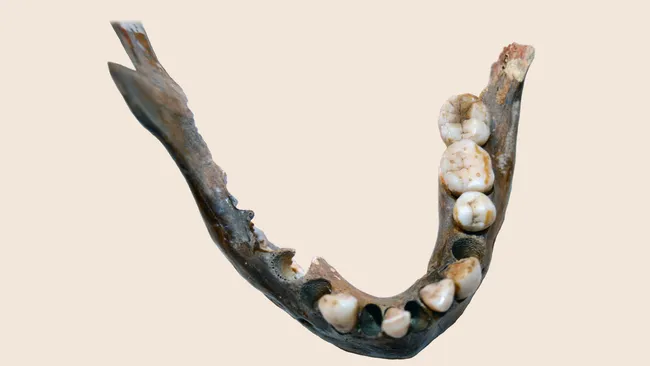


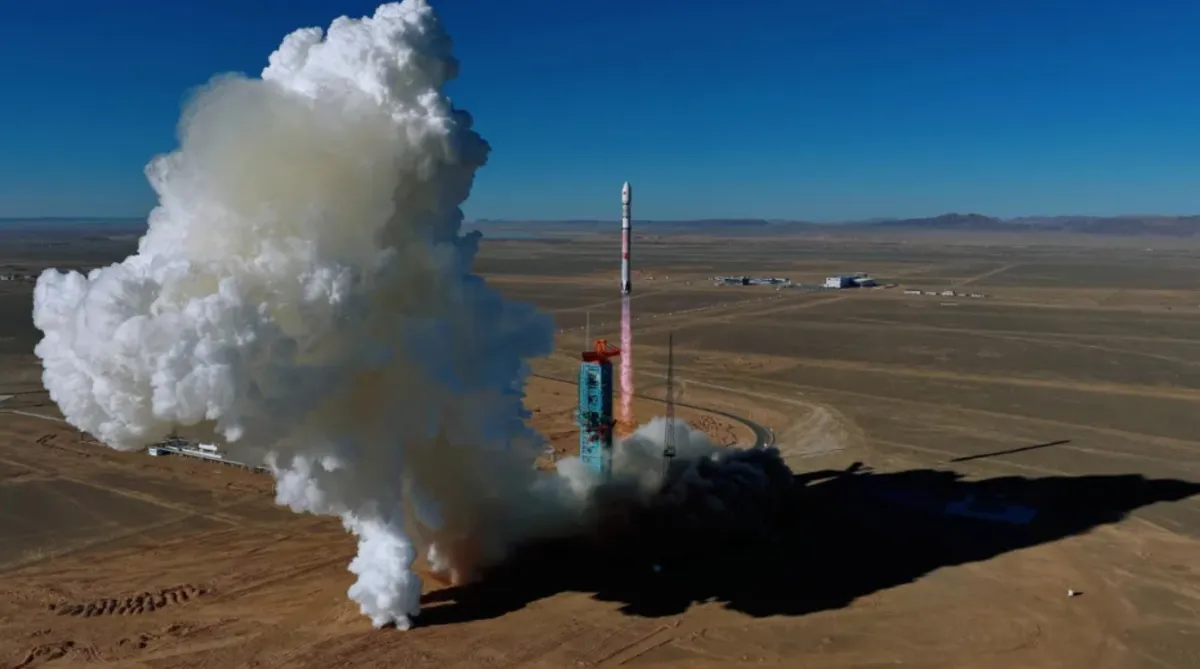



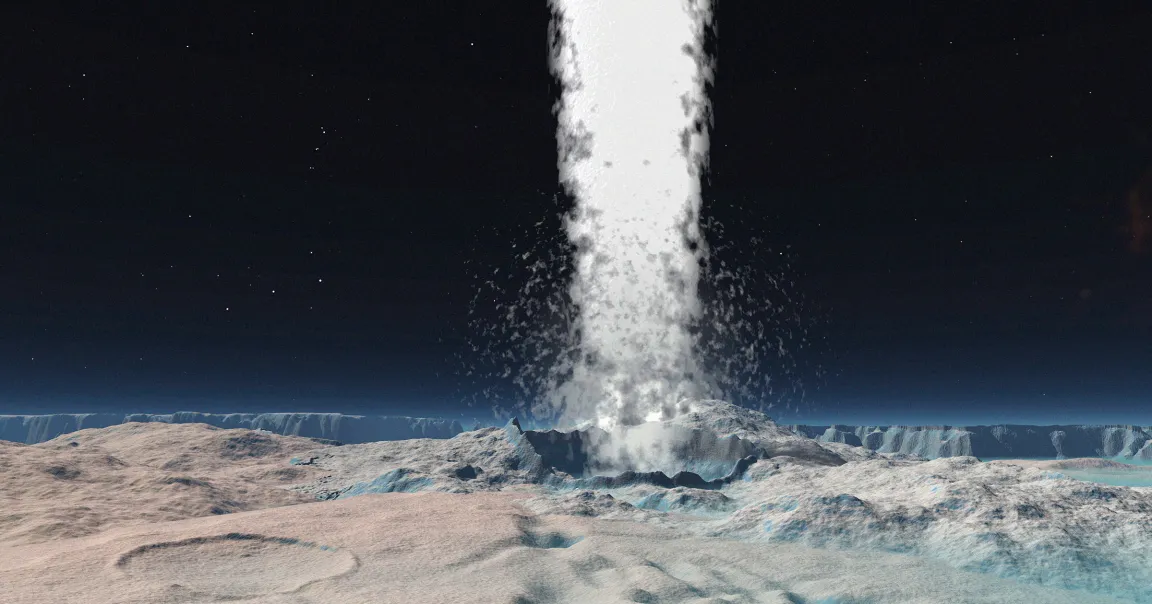




Leave a Reply